A Workforce-First Approach to the Post-Pandemic Workplace
A Workforce-First Approach to
the Post-Pandemic Workplace
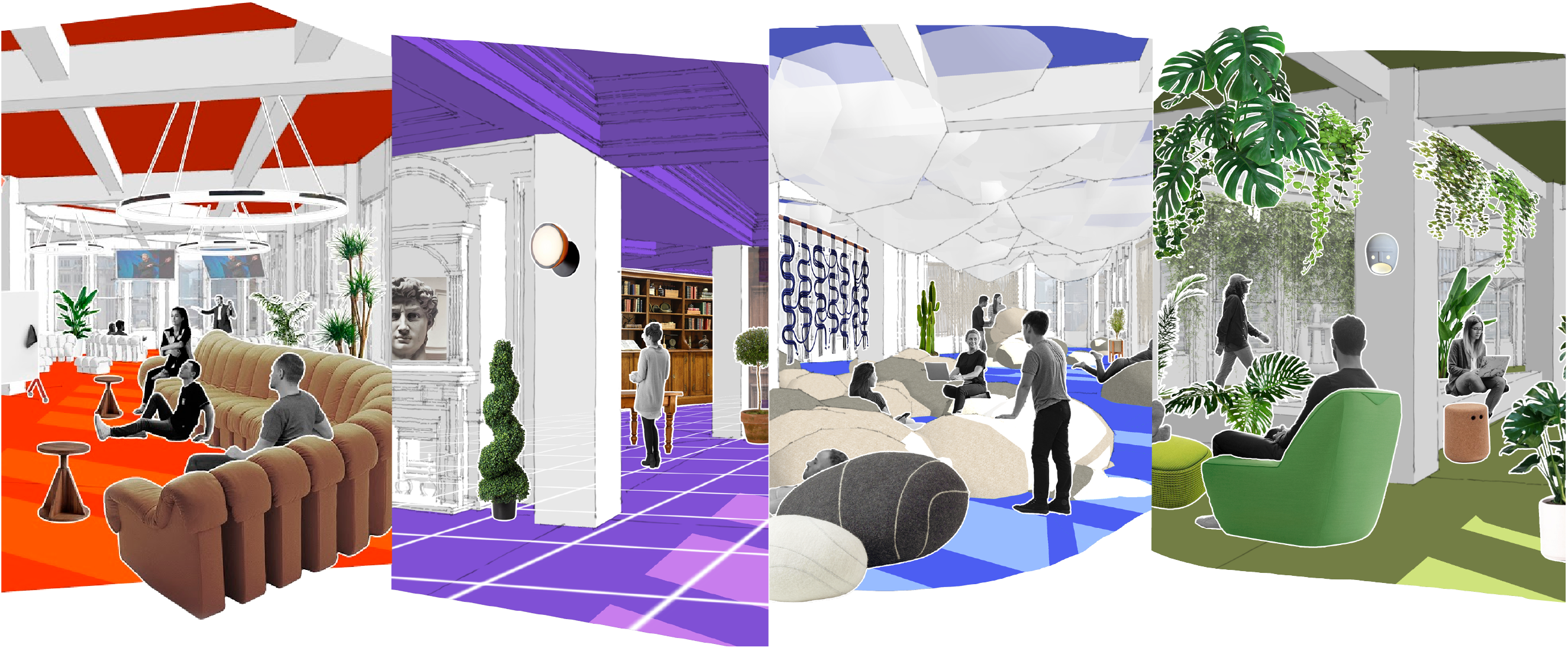
Four scenarios that paint a picture of what the new world of hybrid work can be.
You can read more about our approach on Medium.
As the world begins to reopen and many companies prepare to return their employees to an in-person work environment, inevitably the question arises of why being in-person matters after more than a year of working (relatively) successfully from home. A few companies are betting they’ll do just fine working remotely indefinitely, but for those organizations craving the person-to-person interaction that made “going to work” fun and memorable, answering how and why we return to the office presents a compelling opportunity to rethink the way the office looks when we get there.
Recently, one of our clients reached out to ask for our help solving just that. While working remotely was going even better than they expected, they missed the feeling of group gatherings and were eager to explore the evolution of in-person work. This forced us to think far outside of what typically comes to mind when you think “office space,” and instead think through the lens of what employees actually want when they choose to come together. In this new world, focused work can often happen from home and most meetings are virtual, so the workplace might start to look less like where you go to sit at a desk and more like a destination for a company offsite.
Below are a few of our favorite ideas shaping our thinking about a workforce-first approach to the post-pandemic office.
I return to work to feel the presence of a creative community.
Many of us are ready to come together again after so much time apart. We crave meaningful conversation and real-time collaboration, and we want to feel the presence of our community. Our new workspaces should foster these connections.
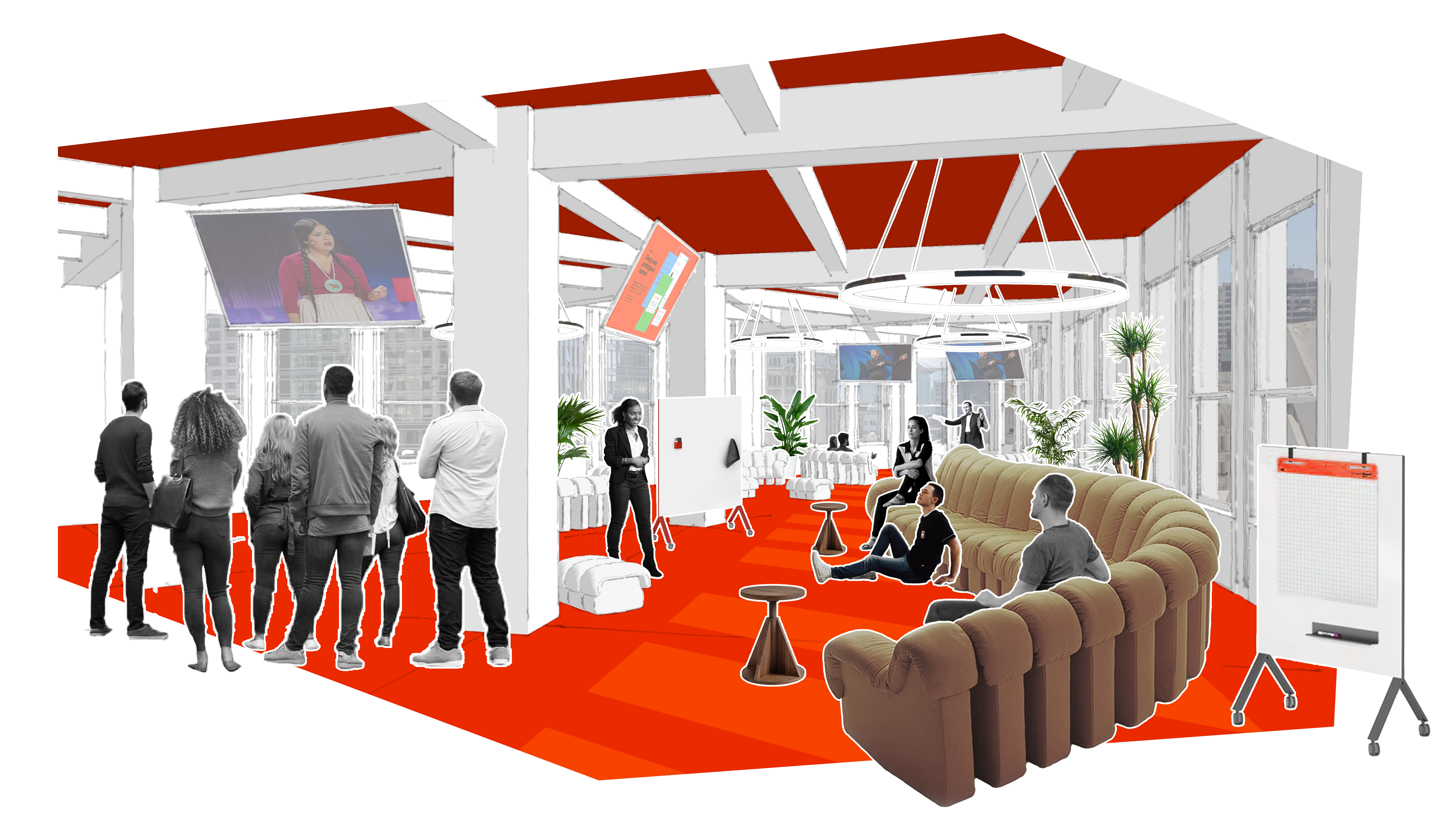
Support gathering and sharing creative work by incorporating:
• Various displays for showcasing projects
• Modular furniture for easy reconfigurability
• Communal tables for dining and sharing stories
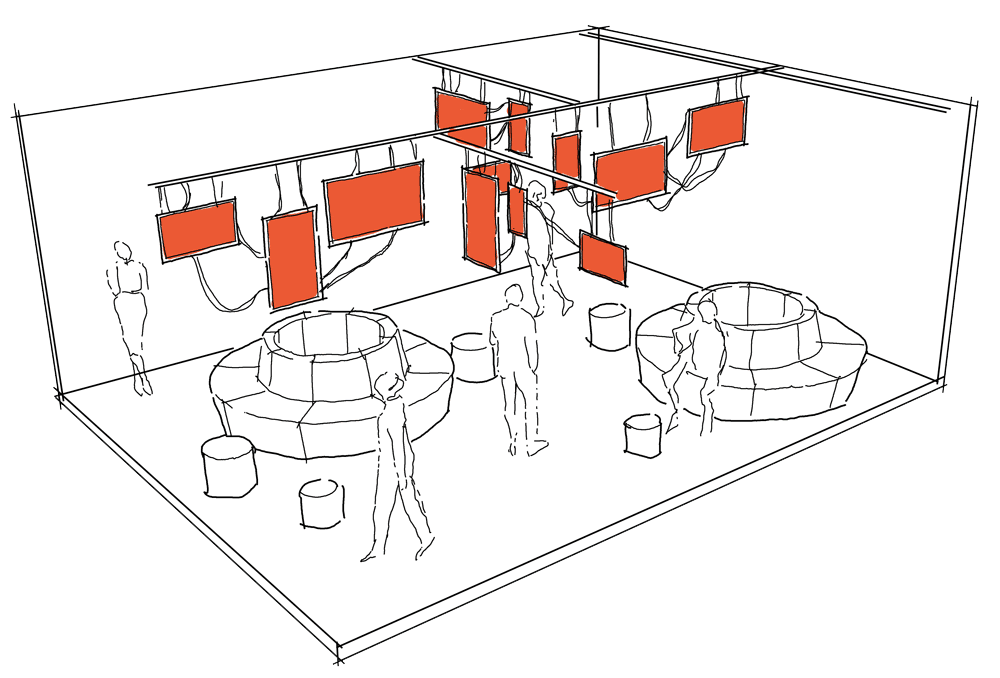
I return to work to feel the presence of inspiring teamwork.
While digital collaboration tools have made it possible for us to work together remotely, they haven’t been able to fully replace face-to-face interaction. Spaces for teams in the new office should offer the chance to scribble on whiteboards, hash out ideas at conference-room tables, and chat with colleagues at the coffee bar.
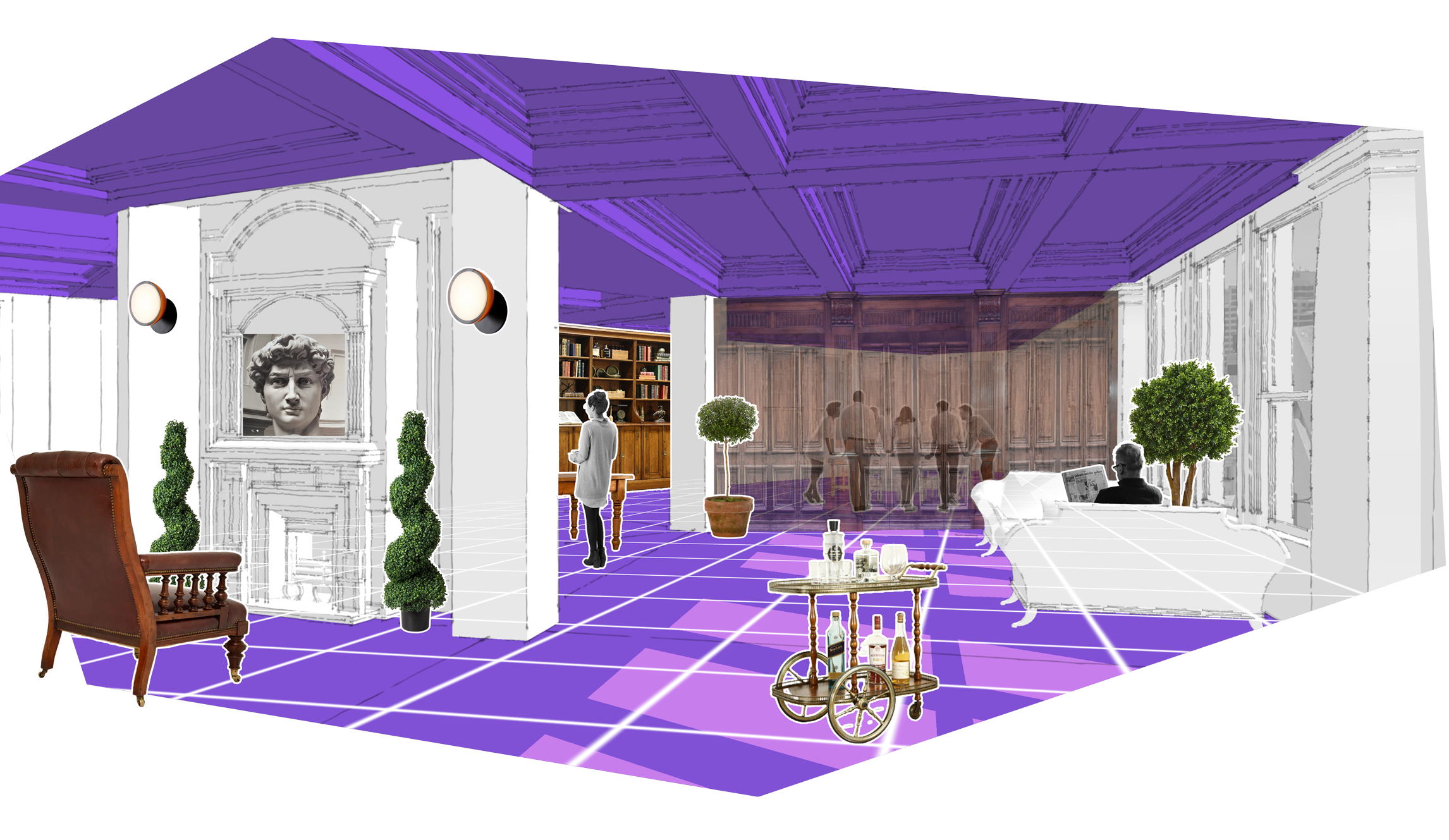
Support workshopping, discussing, and presenting by incorporating:
• Analog tools like pens and scrolls of paper
• Responsive, touch-enabled surfaces
• Automated time-lapse captures to welcome remote staff into the process
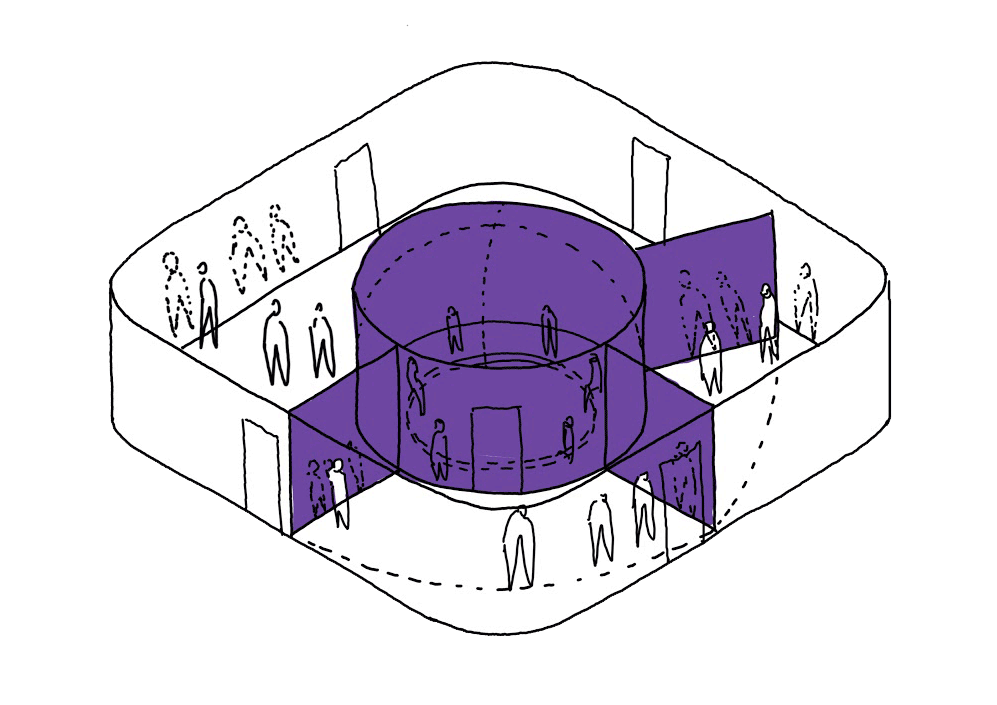
I return to work to feel the presence of different perspectives.
Many of us have been sitting at the same kitchen table, drinking coffee out of the same mug, and walking the same routes through our neighborhoods as we work from home. The post-pandemic workspace should provide an antidote to monotony and welcome new perspectives.
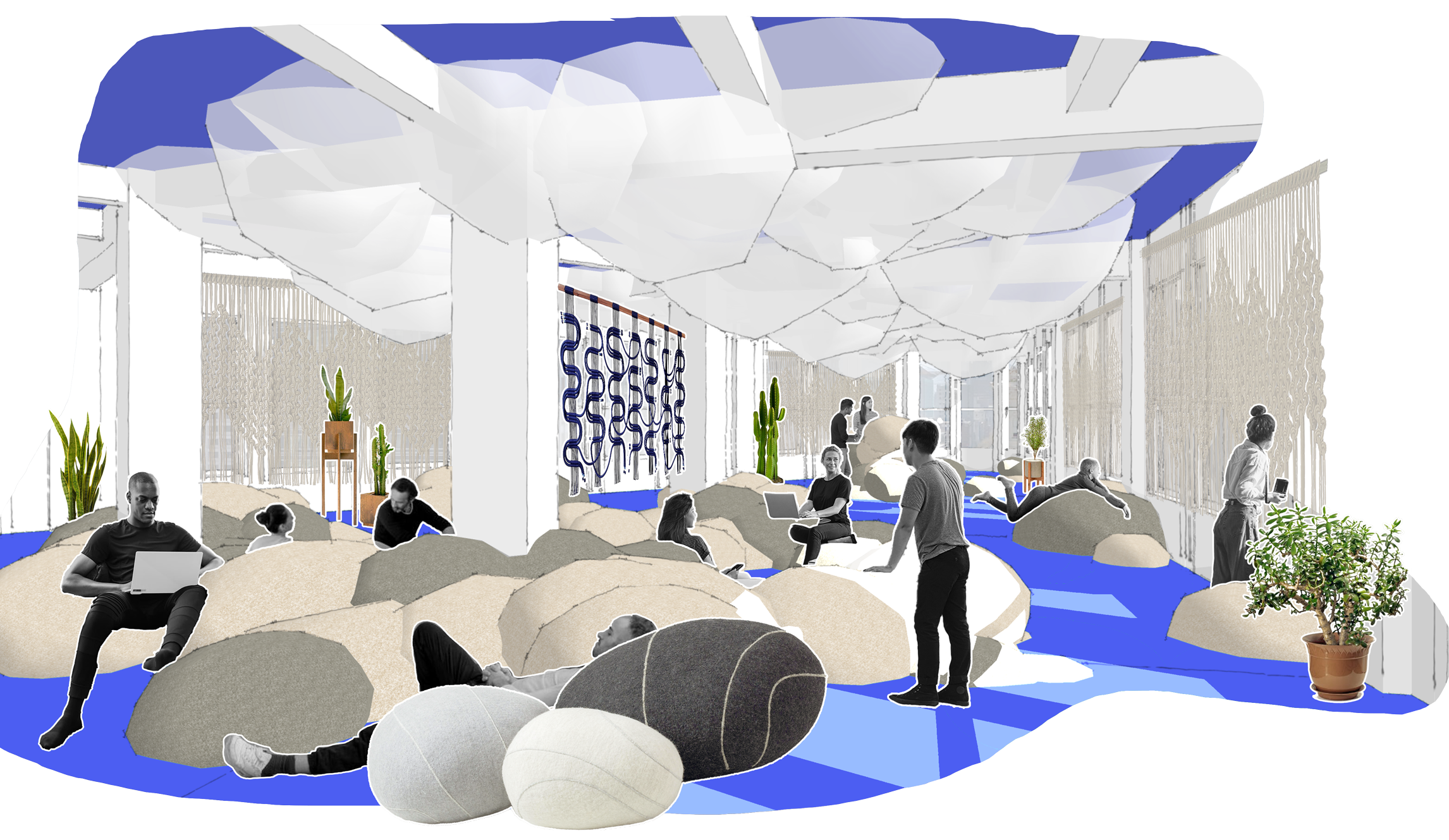
Support new points of view by incorporating:
• Varied environments with different orientations
• Rich textures that activate all five senses
• Displays of in-progress work to encourage casual feedback
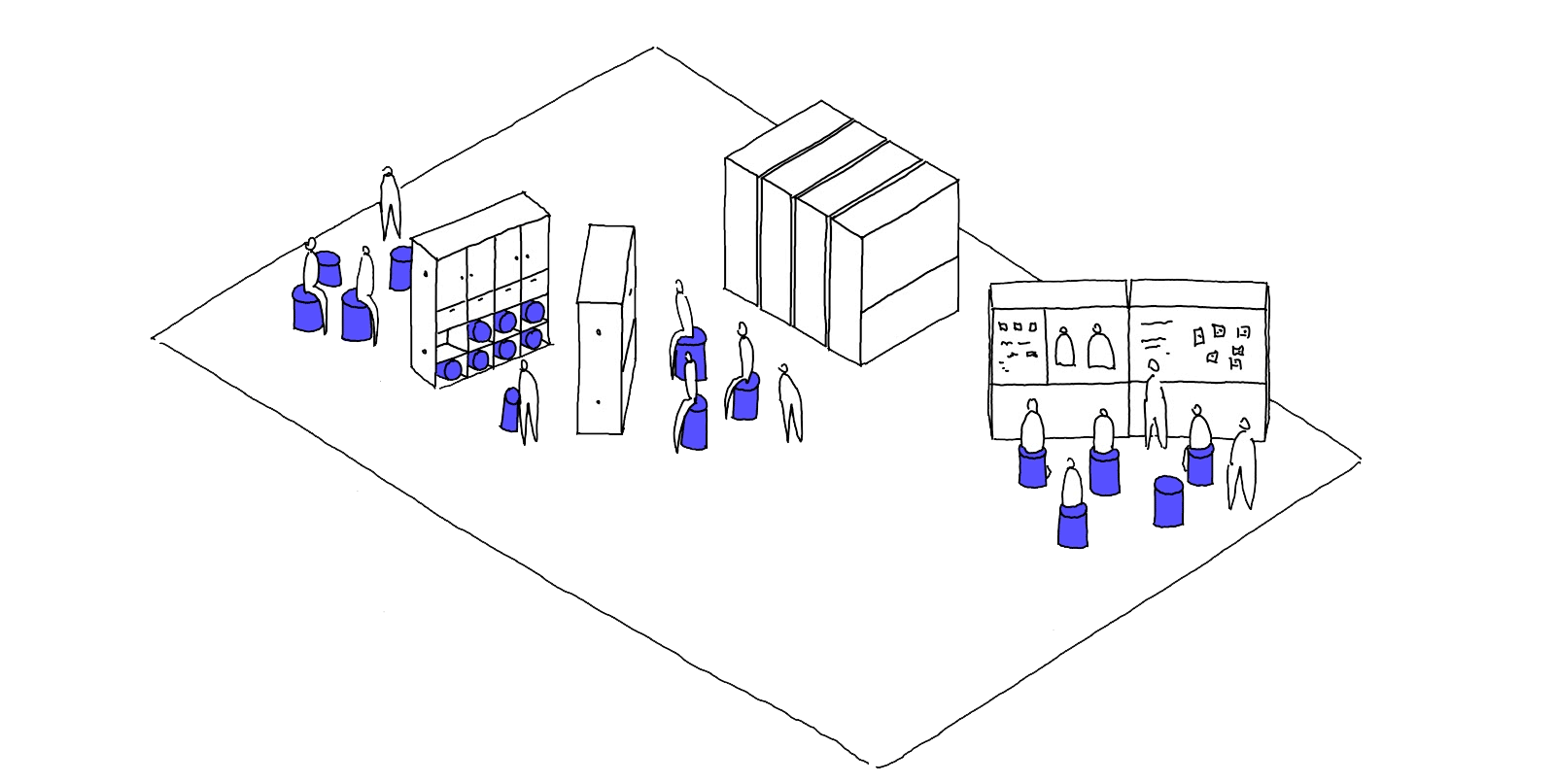
I return to work to feel the presence of personal growth.
Not everyone has been able to be productive working from home. Homeschooling kids, caring for families, and trying to focus in close quarters can detract from the work at hand. Our new offices should accommodate our need to do heads-down work while also including settings that support connection with peers and mentorship from managers — so that we can continue to grow personally and professionally.
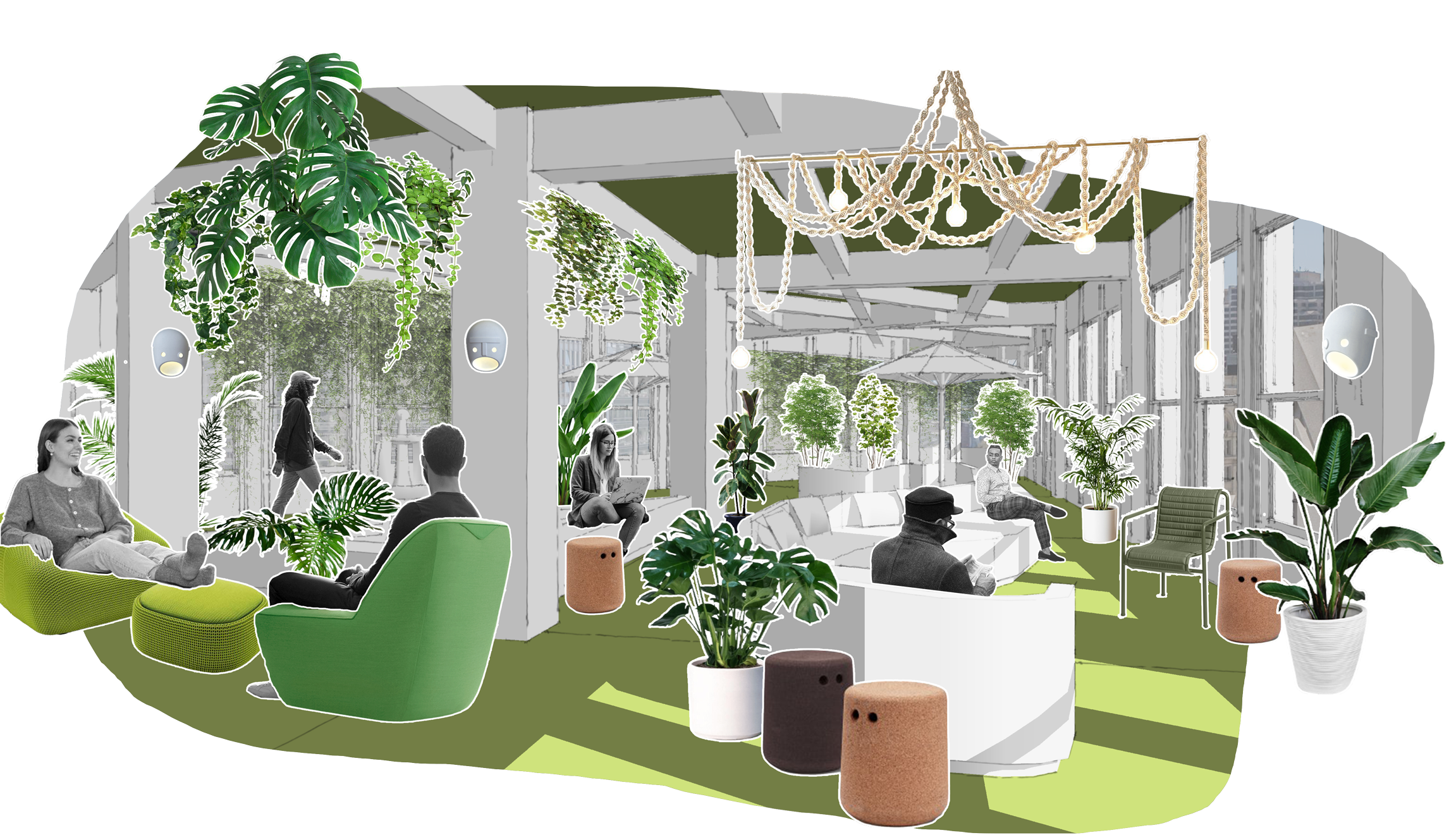
Ways to support personal development along with individual recharging:
• Ergonomic adjustments that allow for a range of working and learning postures
• Natural elements like plants that soothe and inspire
• Ambient lighting that follows circadian rhythms
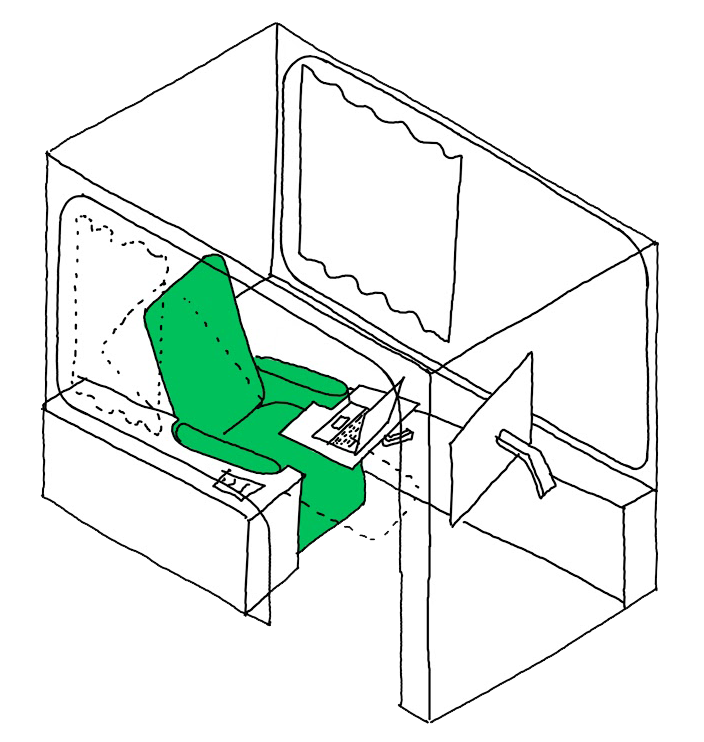
A Workforce-First Approach to
the Post-Pandemic Workplace

Four scenarios that paint a picture of what the new world of hybrid work can be.
You can read more about our approach on Medium.
As the world begins to reopen and many companies prepare to return their employees to an in-person work environment, inevitably the question arises of why being in-person matters after more than a year of working (relatively) successfully from home. A few companies are betting they’ll do just fine working remotely indefinitely, but for those organizations craving the person-to-person interaction that made “going to work” fun and memorable, answering how and why we return to the office presents a compelling opportunity to rethink the way the office looks when we get there.
Recently, one of our clients reached out to ask for our help solving just that. While working remotely was going even better than they expected, they missed the feeling of group gatherings and were eager to explore the evolution of in-person work. This forced us to think far outside of what typically comes to mind when you think “office space,” and instead think through the lens of what employees actually want when they choose to come together. In this new world, focused work can often happen from home and most meetings are virtual, so the workplace might start to look less like where you go to sit at a desk and more like a destination for a company offsite.
Below are a few of our favorite ideas shaping our thinking about a workforce-first approach to the post-pandemic office.
I return to work to feel the presence of a creative community.
Many of us are ready to come together again after so much time apart. We crave meaningful conversation and real-time collaboration, and we want to feel the presence of our community. Our new workspaces should foster these connections.


Support gathering and sharing creative work by incorporating:
• Various displays for showcasing projects
• Modular furniture for easy reconfigurability
• Communal tables for dining and sharing stories
I return to work to feel the presence of inspiring teamwork.
While digital collaboration tools have made it possible for us to work together remotely, they haven’t been able to fully replace face-to-face interaction. Spaces for teams in the new office should offer the chance to scribble on whiteboards, hash out ideas at conference-room tables, and chat with colleagues at the coffee bar.


Support workshopping, discussing, and presenting by incorporating:
• Analog tools like pens and scrolls of paper
• Responsive, touch-enabled surfaces
• Automated time-lapse captures to welcome remote staff into the process
I return to work to feel the presence of different perspectives.
Many of us have been sitting at the same kitchen table, drinking coffee out of the same mug, and walking the same routes through our neighborhoods as we work from home. The post-pandemic workspace should provide an antidote to monotony and welcome new perspectives.


Support new points of view by incorporating:
• Varied environments with different orientations
• Rich textures that activate all five senses
• Displays of in-progress work to encourage casual feedback
I return to work to feel the presence of personal growth.
Not everyone has been able to be productive working from home. Homeschooling kids, caring for families, and trying to focus in close quarters can detract from the work at hand. Our new offices should accommodate our need to do heads-down work while also including settings that support connection with peers and mentorship from managers — so that we can continue to grow personally and professionally.


Ways to support personal development along with individual recharging:
• Ergonomic adjustments that allow for a range of working and learning postures
• Natural elements like plants that soothe and inspire
• Ambient lighting that follows circadian rhythms